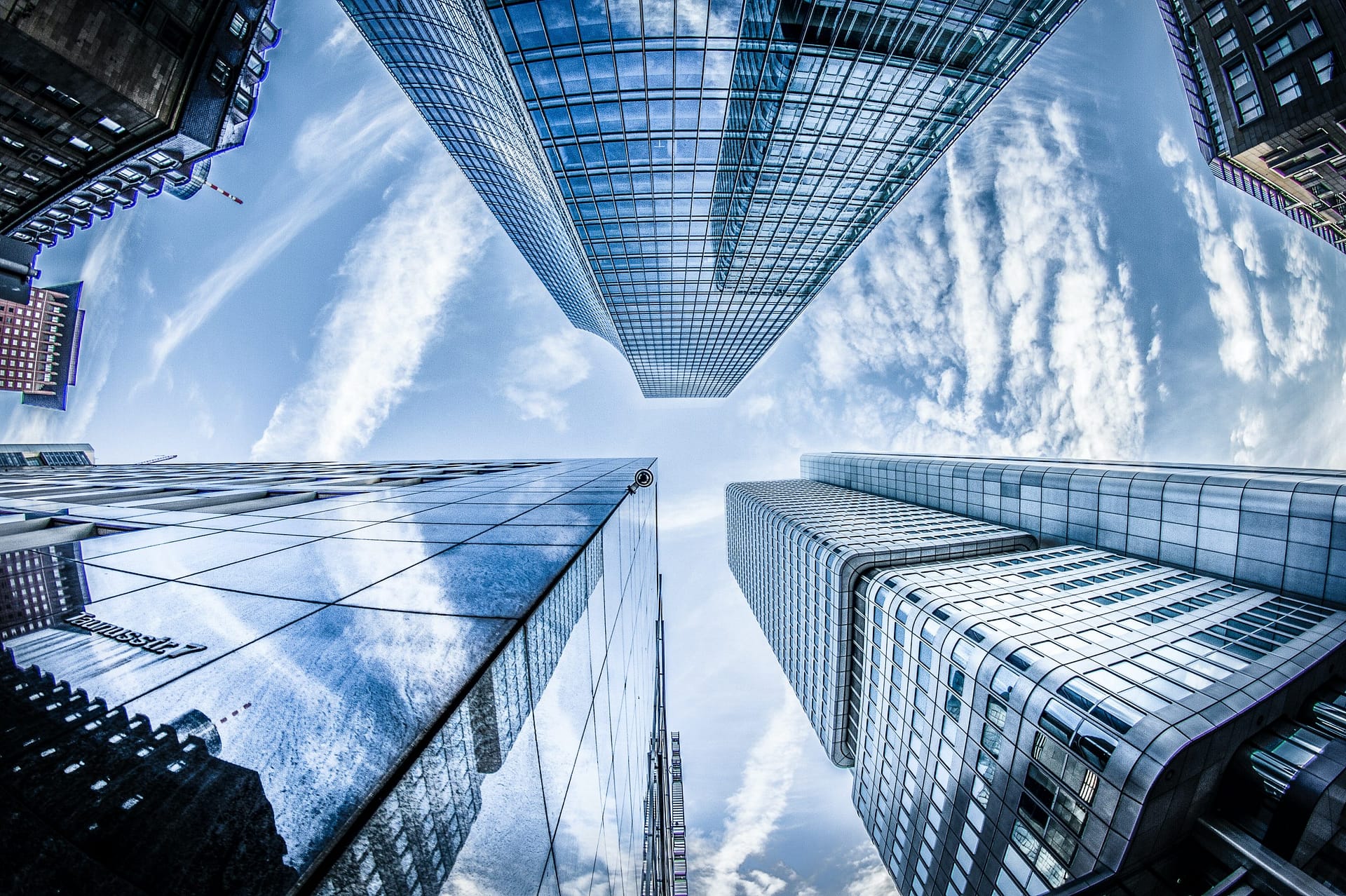Climate One facilitates a webinar on why every city will be carbon neutral by 2050. Three urban experts weigh in, including Metabolic founder, Eva Gladek.
Cities are central to building resilience. They’re where technological innovation happens and they can bend carbon curves. It’s in their own interest to respond, as they are increasingly where climate impacts are hitting now, in the form of droughts, floods, fires, coastal erosion, and health impacts. Taking action at these centers of the human web will have a huge impact on reducing emissions.
Advancing the discussion on the future of our cities, Climate One brings together top thinkers and doers from different sectors. The experts they brought together to lead this conversation are Eva Gladek – founder and CEO of Metabolic, Aniruddha Dasgupta – global director of the Center for Sustainable Cities at the World Resources Institute and Lauren Faber O’Connor – chief sustainability officer for the city of Los Angeles. They talk about the feasibility of zero emission cities, how to calculate emissions to get there, and what it means to be resilient.
The transition to zero emission cities in 30 years
In just 30 years every city needs to become a zero emission city, to be climate neutral by 2050. This scientific knowledge is a turning point as there is not yet a city today in the world that is carbon-neutral. Aniruddha Dasgupta explains how The Center for Sustainable Cities did a study to check the feasibility of this.
“It is possible to become a zero-emission city by 2050, even using the technologies of today.” – Aniruddha Dasgupta
However for this to work, today’s biggest emitters will need to take action, including the building sector, transportation, waste, materials used, as well as the type of energy used by the city. To get there, society will also have to use, manage, and live differently.
Watch the webinar or listen to the podcast.
The significance for cities to calculate consumption-based emissions
With cities being compact consumption centers, Eva Gladek talks about calculating emissions from a systems perspective. “If you actually want to move towards being a zero emissions city, you have to deal with your own buildings, how you’ve designed your infrastructure, your urban areas, and everything that has to do with the city – what you’re consuming, the energy and the materials.”
“In a holistic perspective, one of the things we always emphasize is the systems approach,” Eva explains, as she talks about consumption-based impacts being important, yet often overlooked, when it comes to moving towards zero emissions. “Basically all the materials that cities are consuming, all the food that people are eating, all the materials coming in to produce all the buildings, these actually have embodied carbon emissions which are significant. We recently finished a study for the city of Boulder, Colorado, where we calculated how much of the total emissions you can attribute to Boulder are in this consumed material, and it’s over 50%.”
Building long-term resilient economies that can handle a shock
Aniruddha Dasgupta talks about the pitfalls we’re experiencing during this crisis, as society has focused on building economies geared towards economic growth rather than long-term resilience. He explains that through this pandemic crisis, we are experiencing how quickly a medical crisis becomes an economic crisis, and whether in India or New York, it’s the low-income groups in society that are affected the most badly – one of the reasons it’s critical we work towards resilient cities.
“This crisis has laid bare the cracks in the systems we’ve built … the fact that inequality is ultimately a risk to everyone.” – Eva Gladek
Following on from this, Eva explains, “As you have this extreme disparity in the distribution of wealth, you create huge swaths of the population who are extremely close to the poverty line and aren’t able to survive any significant period of a crisis. This risks breaking down the entire functioning of the economic system.”
How do we get to a future of zero emission cities?
Learning from one another is a necessary step to becoming sustainable and resilient. As Lauren Faber O’Connor explains, “There’s a number of things we’re learning, all of it is coming from collaboration and learning from other cities. It’s incredible to see the kind of engagement the C40 cities have been having on a regular basis. The majors are meeting on a regular basis, to talk about lessons learned, and to ask each other questions to improve peoples lives.”
Moving towards the vision of a new kind of city, Aniruddha Dasgupta describes what that looks like, “A successful city is a place where people have jobs, create welfare for their families, a thriving place with a high quality of life. We should be thinking in terms of what is a high-quality life instead of what can we consume, and do this while not producing a carbon footprint.”
“Through smart design and moving towards a circular economy, we can provide the same amount of consumption in terms of value, goods, or experiences delivered, with fewer resources.” – Eva Gladek
Learn more about the work we do with Cities & Regions.






